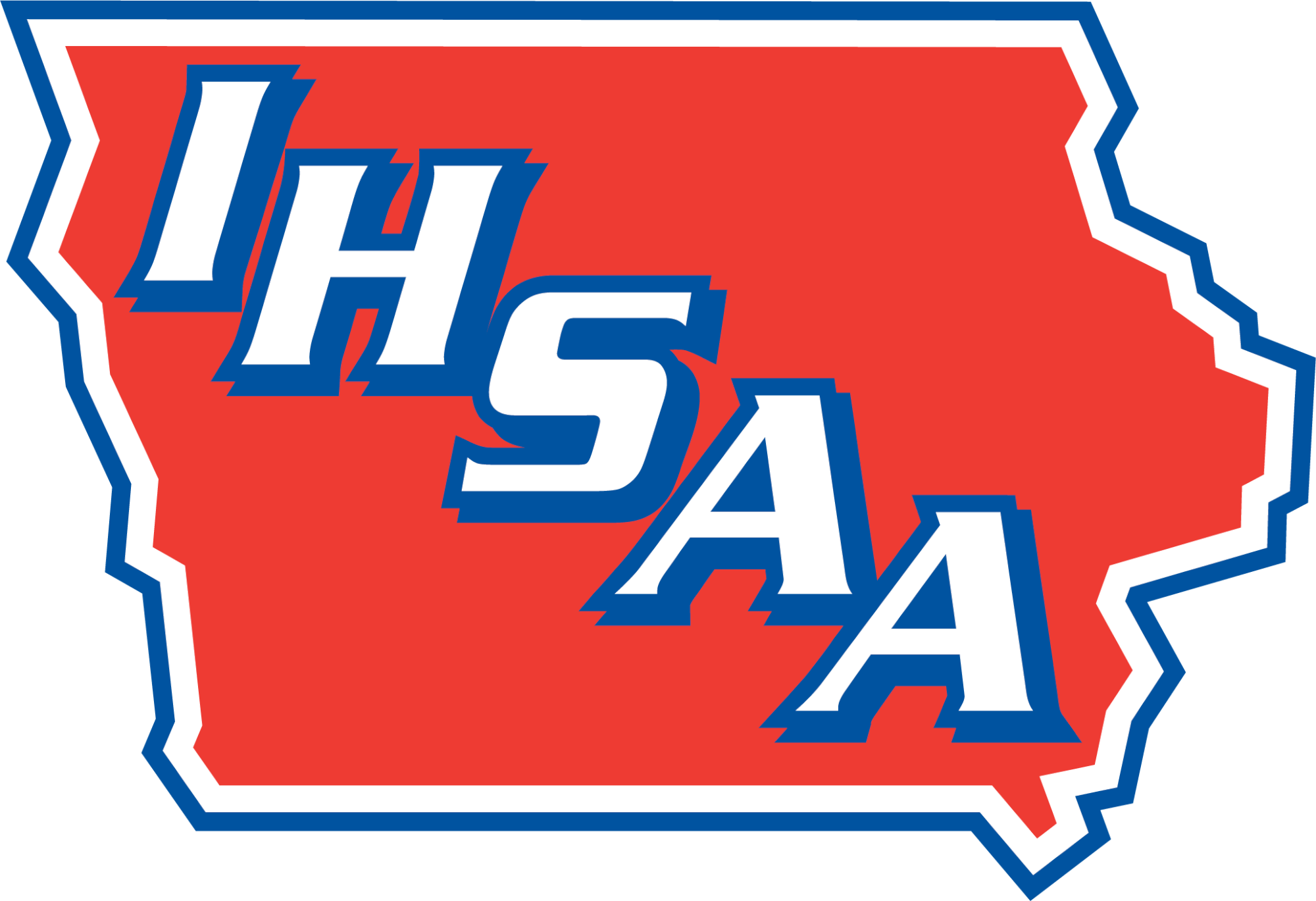Football Crew Observation Form
Rate the following areas using the scale below, as well as make comments for each section. Please be as objective and accurate as possible. For a reference, Satisfactory would be considered if an item is completed more than 90% of the time while unacceptable would be considered if an item is completed less than 60% of the time.
